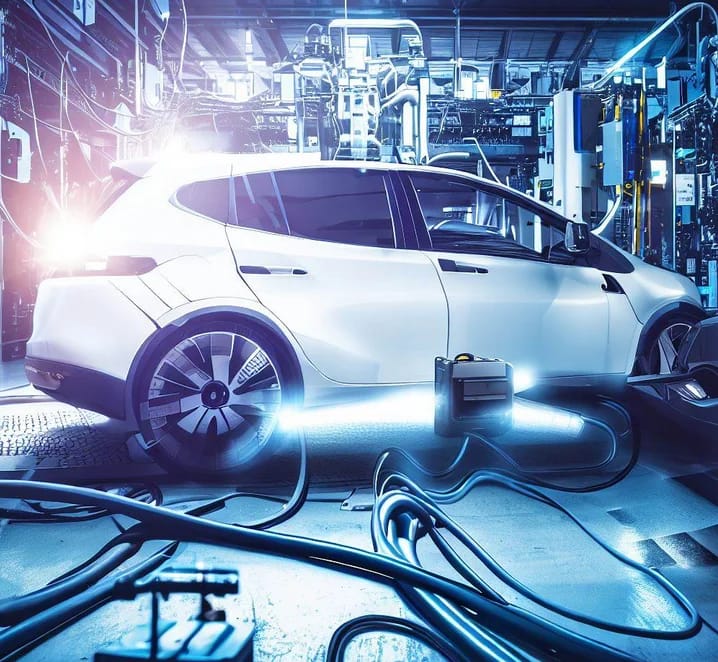Carpet upgrades are a simple way to enhance the interior ambiance of any vehicle. For electric vehicles (EVs) specifically, the right carpets improve aesthetics while meeting unique functional needs.
In this guide, we’ll cover the benefits of custom carpets for EVs, material considerations, proper installation, care and cleaning tips, and how carpets may evolve in future EVs.
High-quality custom-fit carpets offer distinct advantages tailored to EV interiors:
EVs generate less noise than gas vehicles, but acoustic dampening remains important. Thick wool or rubber carpets absorb sound best.
Carpet insulation keeps EV cabins warmer in winter and cooler in summer, reducing HVAC power draw.
As a luxury feature, plush carpets complement the high-tech futuristic interiors of many EVs.
Custom carpets allow owners to customize EV interiors to their unique taste with custom colors and patterns.
Properly secured custom carpets are removable for convenient cleaning outside the vehicle.

From basic synthetic weaves to luxurious wool, various carpet materials have pros and cons for EV applications:
Durable, stain-resistant, and budget-friendly make polyester a popular EV carpet choice. Can lack softness.
With good resilience and abrasion resistance, nylon makes hard-wearing EV carpets. Prone to static.
Moisture-wicking properties help olefin carpets stay dry in EVs. Not as soft as other materials.
Luxurious wool carpets complement EV interiors but require careful cleaning. Natural insulation.
Rubber carpets withstand heavy wear and dampness but can get slippery. Adds weight.
Affordable polypropylene carpets suit basic EVs. Can crush down over time.
Careful carpet installation ensures a long service life:
Follow these carpet care tips to keep EV floors looking their best:
Many automakers now provide optional custom carpet kits for popular EV models:
Advancing technologies may enable carpets with new capabilities tailored for EVs:
Electric wiring woven into carpets could provide warmth for colder climates while parked, powered by the main battery.
Fiber-optics stitched into carpets could create customizable ambient interior lighting schemes.
Inductive coils layered under the carpeting may allow wireless charging of phones and other devices.
Carpets embedded with photocatalysts could help actively degrade airborne toxins and allergens.
Carpets may gain embedded rollers and vibrators to massage feet while driving for added comfort.
Hydrophobic and antimicrobial coatings could enable carpets to repel liquid stains and inhibit bacterial growth.
E-ink technology within carpet fibers could display changeable patterns, textures, and even animations.
Far from an afterthought, carpeting stands to play an expanded role in future electric vehicle designs. Precision-fitted carpets not only insulate and protect EV interiors, they provide owners creative license to customize spaces to their personal tastes. With improved materials and advanced functionality on the horizon, the humble car carpet continues evolving in exciting new directions.